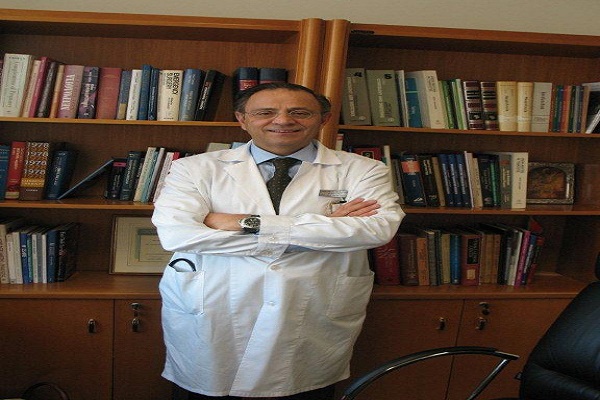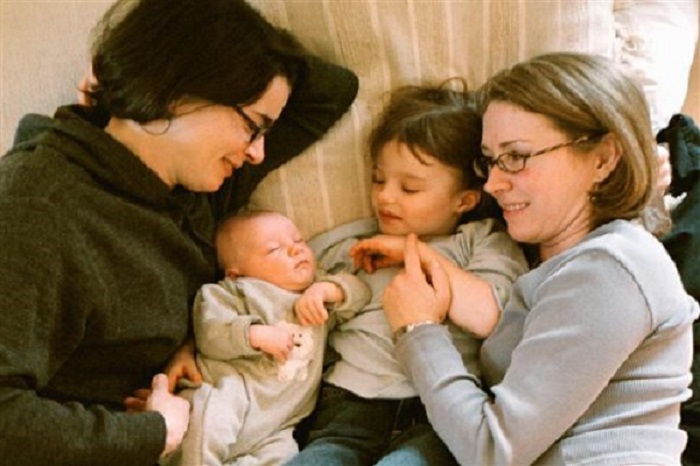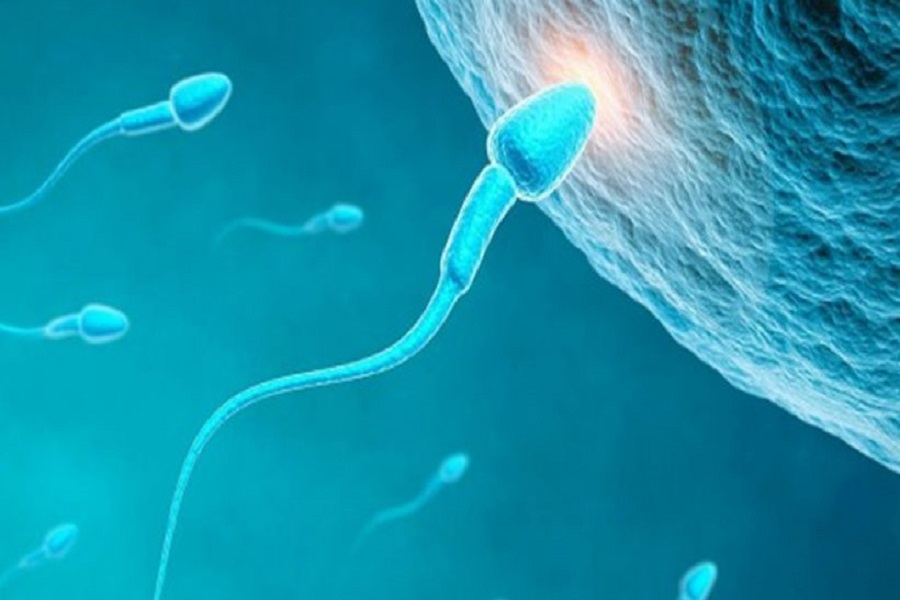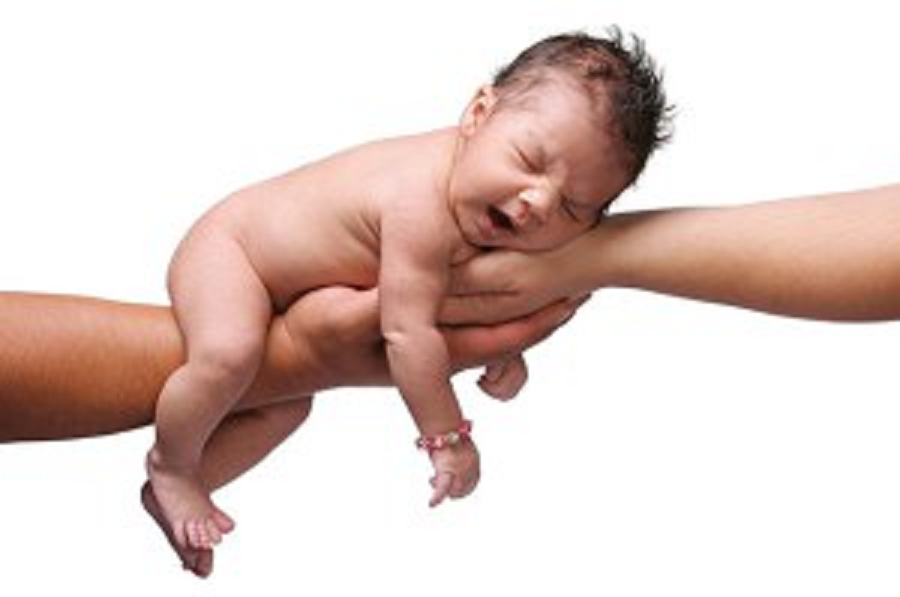News
IVF autism link vanishes when only one child born
Published on: 17/05/2015
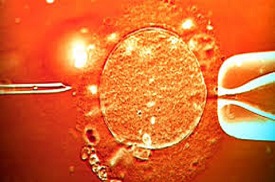 Children conceived with assisted reproductive technology (ART) may be twice as likely to develop autism.
Children conceived with assisted reproductive technology (ART) may be twice as likely to develop autism. However, the US study on which this claim was based showed that this link was largely explained by maternal age, multiple births and pregnancy complications associated with ART.
Women who gave birth to singleton children conceived by ART had no increased autism risk.
'There is an association between IVF and autism, but when we control for the characteristics of women who are more likely to have IVF, for example age and social status, this association is lessened significantly,' said Professor Peter Bearman of Columbia University, New York, the senior author of the study.
He added that the remaining risk was mostly due to the large numbers of multiple births and complications of pregnancy and delivery among children conceived through IVF.
In the study, researchers analysed data from 5,926,251 live births in California between 1997 and 2007, including the birth records of 48,865 children conceived with ART and 32,922 cases of diagnosed autism.
In total, the incidence of diagnosed autism for ART conceptions was 12.1 per 1,000 births, compared with 5.5 per 1,000 births for non-ART conceptions. However, when the researchers took multiple births into account, the adjusted risk was not significantly increased among singletons.
Dr Dmitry Kissin, health scientist at the US Centers for Disease Control and Prevention (CDC) said: 'This study of the relationship between ART and autism is the largest to date. The results indicate that reducing multiple births during ART may be beneficial for decreasing the risk of autism.'
The study adopted the CDC's definition of ART which includes only assisted conception procedures in which both eggs and sperm are handled outside the body. This includes most IVF procedures, but not intrauterine insemination or artificial insemination.
There is a greater incidence of multiple births following IVF, with around one in five IVF pregnancies resulting in multiple births compared to one in 80 for natural conception. A policy to encourage single embryo transfer has been adopted in the UK, which has seen the overall multiple pregnancy rate following fertility treatment fall from 26.6 percent in 2008 to 20.1 percent in 2011 (reported in BioNews 692).
'The risk of autism appears to be largely modifiable by restricting IVF to single-embryo transfer,' Professor Bearman explained.
'Knowing that one can largely reduce the risk of autism by restricting the procedure to single-egg transfer is important for women who can then make better informed choices,' he added.
The study was published in the American Journal of Public Health.
Source: Warren-Gash C. “IVF autism link vanishes when onl
- Published on: 28/06/2016
- Gov. John Bel Edwards has reversed course from his predecessor and agreed to create regulations governing surrogacy births in Louisiana. Read more
- Published on: 18/05/2016
- Experts point out that serious questions are raised regarding the birth of a child by an elderly woman Read more
- Published on: 18/05/2016
- A controversial geneticist, Severino Antinori, who became known for helping women over 60 years old to become pregnant, was arrested for stealing eggs from a patient. Read more

